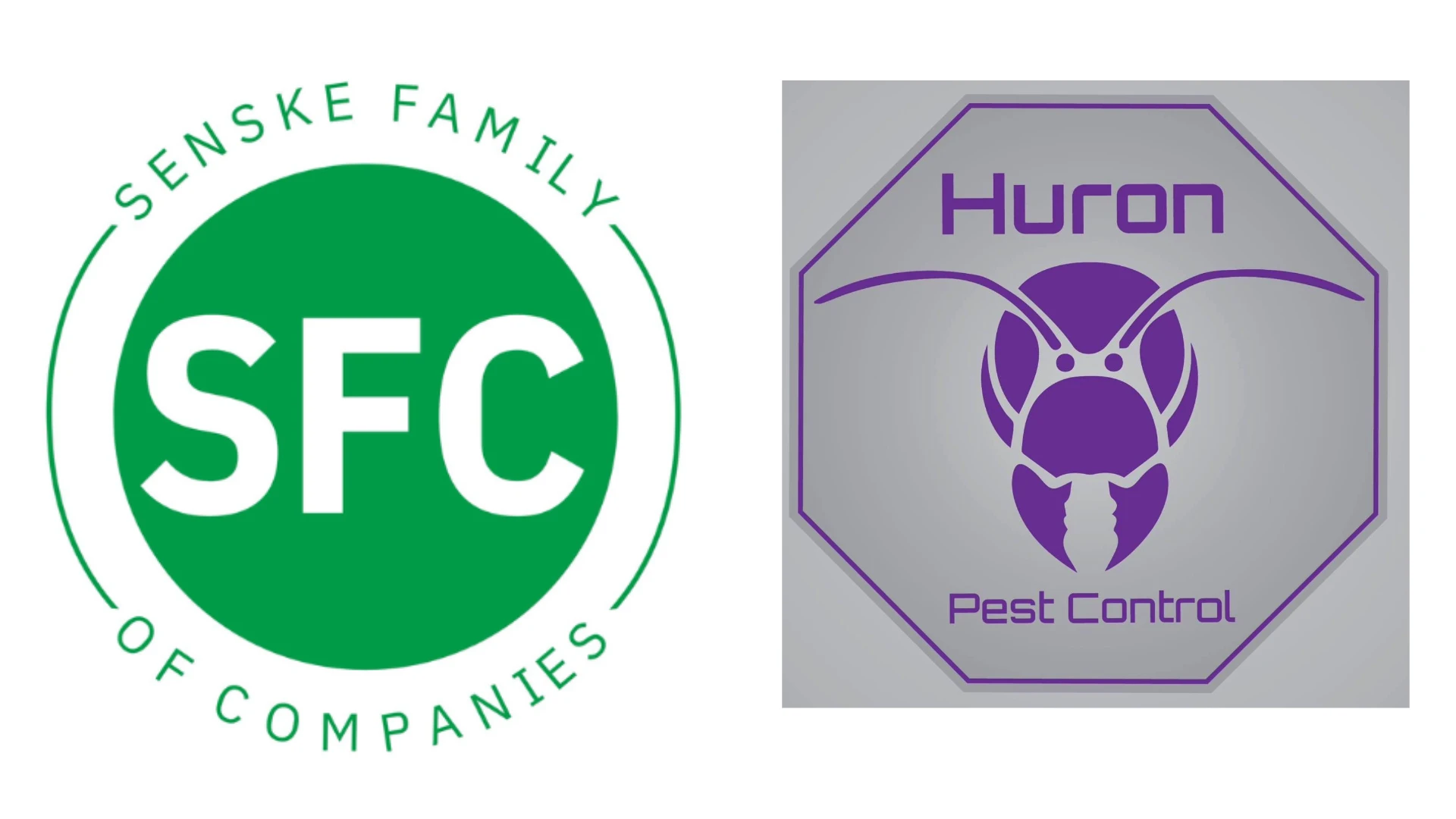Direct mail is a popular strategy employed by operators of all sizes for a variety of good reasons. We use it at our company and it has proven effective and at times, quite efficient. There are a few thoughts I’d like to share that will help you get more "bang for your buck" out of direct mail. I’ll be focusing on the residential side of the business but much of what we’ll discuss applies to commercial direct mail as well.
There are four steps to a successful direct mail effort. First, you have to get your message to your customer. Second, you have to get your customer to open the piece (or at least to look at it). Third, you have to get him or her to read the piece. Fourth and finally, you have to get the customer to act on your offer. The most frustrating part about direct mail is that you lose about 75 percent of your mailing at each step! The Direct Marketing Association of America, an organization made up of companies providing direct mail and other direct marketing products and services, tells us that we should expect somewhere between a 0.5 and 1.5 percent response to a mailing, depending on a variety of factors. That means, taken literally, a mailing of 10,000 pieces should result in between 50 and 150 gross responses, more or less. The "more or less" factor has to do with the nature of your offer.
Let’s look at the four steps one at a time.
GETTING YOUR MESSAGE OUT. First, you have to get your message to your customer. That means acquiring or developing a list or database of potential customers for your service. Lists are available through list brokers and from businesses engaged in direct mail advertising. Most lists come from a few sources so if you’re sure of your list criteria, the quality of your list will vary little from one vendor to the next. Residentially, basic lists are gleaned from property tax records, utilities, automobile registrations, magazine subscriptions and a few other sources. Ask your list vendor to limit your list to single-family homes, owner occupied and more than 50 percent of the median assessed value. Limit your list further to a few ZIP codes or counties. Limit it even further by asking only for names that come with listed phone numbers. This allows you to zero in on a highly desirable group of potential customers. It’s a good idea to purchase your list with phone numbers and for repeat or unlimited uses over a year’s time. I’ll explain more about that later.
A brief aside — generally speaking, your new customers are going to come from the same places as your existing customers. Ask your list provider to "cleanse" their list of your existing customers. They can do this if you give them a copy of your customer list in a digital format. This way you won’t be creating confusion or waste by sending an offer to an existing customer.
TAKE A LOOK. Second, you have to get your customer to open or look at your message. I don’t know about you, but I get literally dozens of pieces of unsolicited mail every day. Because I’m a marketer, I look at all of them. But most people don’t. Different people have different filters they use to dispose of so-called "junk" mail. For your pest control marketing pieces, use an off-size format so your piece will stand out of the everyday stack. Use a bold, attention-getting color. Create a direct mail piece with a piece missing. Use a paper stock with an abnormal texture. Put something into the envelope (if you use an envelope) that changes its shape. Imprint something provocative on the outside of the envelope or front of the card. Any or all of these tactics will improve your chances of getting your message opened or looked at as opposed to it getting trashed without consideration.
READING YOUR MAIL. Next, and quite obviously, getting your message read is extremely important. Therefore, keep your message as clean and as simple as possible. This has to do with how big the type is, how few words you have and how quickly and easily you can make your point.
Don’t try to do too much educating or "closing" in your direct mail. Remember that the purpose is to get people to call you. Don’t expect your direct mailing to make the sale for you. Most busy people don’t waste time reading too much. It’s important to heed the "KISS" rule — keep it simple, stupid.
MAKING THE CALL. Finally, you must get your customer to act on your offer. This means moving the customer to a "direct response," usually in the form of a phone call or a returned BRC (a postage-paid business reply card). This has to do with the arrival of your offer coinciding with the customer’s real (or perceived) need for your service. But you must understand something right away: In the overwhelming majority of cases, if the customer doesn’t believe he or she has a need for your service right then, they probably are not going to respond to your offer no matter how enticing it may be.
For example, even if the funeral parlor is REALLY discounting caskets, you’re probably not going to buy one unless there’s a dead body somewhere in your vicinity. This is why it’s a good idea to mail to the same audience several times in one year so that you improve your chances of catching the customer when he or she has a real or perceived need for your service.
As far as your offer is concerned, make it attractive. A small percentage or low dollar discount isn’t usually enough to get anyone excited, unless ants are crawling across the counter precisely when your offer arrives. Personally, I like to use dollar discounts instead of percentages. People know what $25, $50 or $100 is. They don’t usually understand 10 percent or 20 percent without already knowing or perceiving the cost of services. They also tend to respond favorably to something "Free" or something "New." Use your imagination and always, always tell the truth in your marketing.
IT’S NOT CHEAP. Direct mail does not equate to "cheap" marketing. It’s getting more and more costly to produce and distribute a quality direct mail piece as paper costs and postal rates increase.
However, direct mail can be adapted to fit the size and scope of your operation. It can also work well as a means of cross-selling services to your customer base and it is a marketing tactic of choice in the commercial pest arena. Direct mail always works better when followed up by a phone call within a few days of mailing, so factor that step in to your effort.
To increase your chances for a successful direct mail campaign, follow each of these four steps as scrupulously as possible. First, acquire a quality list from a reputable source. Then, create and produce a piece that stands out from the rest of the clutter in your customer’s mailbox. Next, entice them to open and/or read your message. Finally, make an offer that stimulates them to action.
Direct mail isn’t a panacea but it makes sense as an element of your marketing program, regardless of the size and scope of your operation.
The author is vice president of marketing/public relations for Massey Services Inc., Maitland, Fla. He can be reached via e-mail at bbrewer@pctonline.com or 407/645-2500.
WANT MORE?
Enter your email to receive our newsletters.

Explore the February 2000 Issue
Check out more from this issue and find your next story to read.
Latest from Pest Control Technology
- Webinar: Employee Incentives — Going Beyond the Annual Raise
- Pest Control Companies Helping Neighbors in Need Eradicate Bed Bugs
- Why Does Marketing Feel So Opaque?
- How Did This Pest Get Its Name?
- Rose Pest Solutions Honors Top Performers with Annual Chief’s Club Awards
- Doug Foster on Termite Control Equipment, Resources
- Pest Control Consultants Acquires EcoGuard Pest Control
- Pest Index Increased 9 Percent YOY in February









